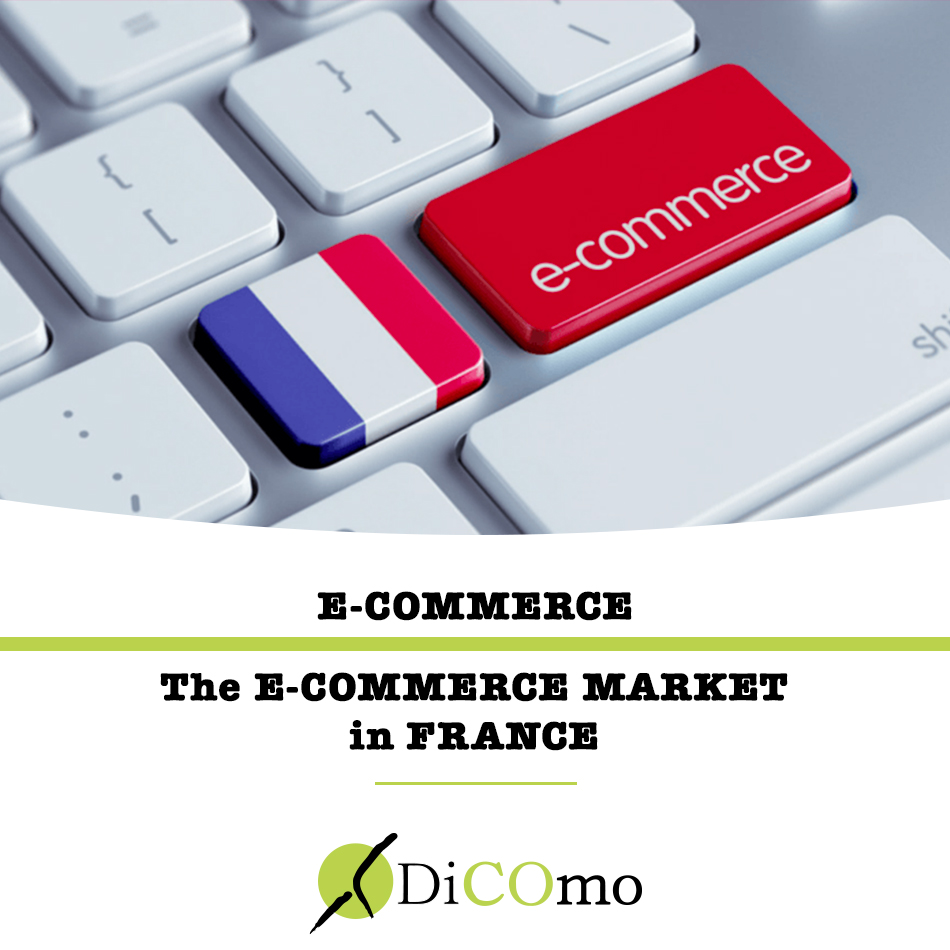
27 Dec The e-commerce market in France
Remember that in 1995 the Internet replaced Minitel and the first access providers offered expensive low-speed subscriptions. France then had… 58,000 Internet users! In the same year 1995 the first article was ordered online, it was a book on Amazon.
In 2019, e-commerce in France passed the historic milestone of 100 billion euros in turnover, making France the 2nd e-commerce market in Europe and the 5th in the world.
A fact that is confirmed, more than ever, in 2020, a symbolic year that has allowed online commerce to minimize this unprecedented economic and health crisis. The development of e-commerce in France and around the world has revolutionized our buying behaviour and retail sales. With the restrictions linked to the crisis, traditional businesses have launched e-commerce and click & collect to meet the new needs of consumers.
The 10 numbers to know about French e-commerce?
- Sales increased from 57 billion in 2014 to 112 billion in 2020, which is a growth of 96.5% in 7 years
- E-commerce now represents 13.4% of retail trade
- The number of sites exploded with 17,400 new sites in 2020. This is a total of 207,400 e-commerce sites
- According to a recent survey by the FEVAD (Federation of e-commerce and distance selling), the penetration rate of e-commerce will drop from 15% in 2020 to 25% in 2025
- 48% of e-commerce purchases are made from smartphones
- 57% of ecommerce shoppers use voice search for these purchases
- 31% of French people bought products through social networks
- 53% of online shoppers, who have made a purchase in the past 12 months, say they care about the environment
- 7.3 billion is the world spending on AI (artificial intelligence) by 2022
- By 2022, more than 120,000 online stores will use AR (augmented reality).
The 2 latest trends
Product customization and purchase path
Personalization has become the key to a successful customer experience. Among the latest data from e-commerce France, the Salesforce report on “the power of personalization” states that: “personalizing products online generates 24% more orders and generates 26% of e-commerce revenue”.
Additionally, 74% of marketers believe personalization has a “strong” or “extreme” impact on improving online customer relationships (Evergage, 2018).
CAs a reminder, the customer experience represents all the interactions a user will have on an e-commerce site. The goal is to ensure the smoothest experience possible, so that the user can find what they are looking for quickly, effortlessly and maintain a positive view of the e-commerce site or landing page. A positive, smooth and fast experience will increase the conversion rate. In addition to becoming a customer, the internet user will be loyal and will recommend the shop to those close to him.
Customization therefore consists in offering the customer products that correspond to his needs. During the customer journey, the ecommerce site should suggest products to the users that are in line with their previous purchases and searches.
Ecommerce sites are therefore investing in personalization techniques to further enhance the online shopping experience. This experience may also include personalized messages sent via email. By promoting personalized communication with customers, offering them relevant discounts and interacting with them through, for example, video content, you will help provide a better shopping experience and strengthen the bond with customers.
Image recognition
One of the many obstacles to e-commerce is having to sell products to consumers who cannot physically interact, and this is where “visual recognition” comes into play.
Image and visual marketing are critical factors for the success of an e-commerce business.
Briefly, image recognition is the next generation of the usual static images: instead of using simple photos of your products to sell online, image recognition helps generate new visual elements based on what consumers have already seen. You can then offer them a product equivalent or similar to a product they photographed in a shop or window display. This new visual experience is part of artificial intelligence, as seen above.
Visual recognition is slowly but surely becoming an integral part of e-commerce. Many start-ups develop every year in the French e-commerce universe. Globally, image recognition is projected to increase from $ 20.19 billion in 2018 to $ 81.88 billion in 2026, marking an annual growth rate of 19.6% (MarketWatch, 2020).
Currently, approximately 75% of internet users in the United States search for visual content before making a purchase. (Source Fevad)
Today DiCOmo, with its e-commerce division, supports its customers in the e-commerce world to simplify all the steps from referencing, to uploading, to controlling the various Dashboards in both French and Italian.
We obviously remain available for further information because DiCOmo is the winning choice!


